Society
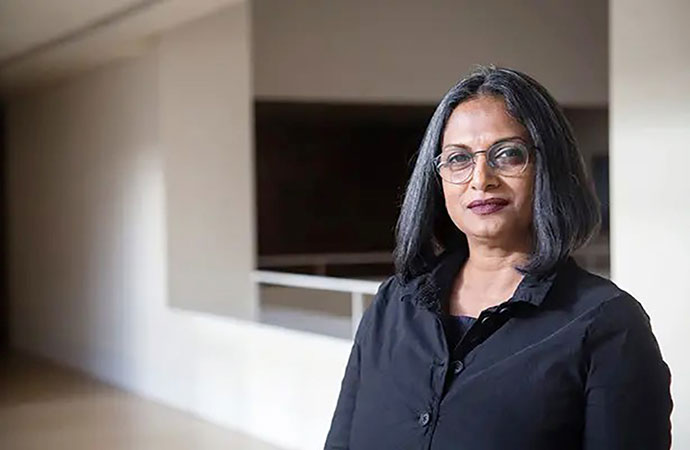
Marina Tabassum. Photo: Collected
Award honours groundbreaking architecture shaping a sustainable future
The independent Master Jury of the 16th Award Cycle (2023-2025) of the Aga Khan Award for Architecture has selected seven winners, including Bangladesh's Khudi Bari by Marina Tabassum Architects, after considering on-site reviews of shortlisted projects that were announced in June.
The recipients explore architecture's capacity to serve as a catalyst for pluralism, community resilience, social transformation, cultural dialogue and climate-responsive design.
They will share the $1 million award, one of the largest in architecture.
Khudi Bari, in various locations, by Marina Tabassum Architects -is a replicable solution built with bamboo and steel for displaced communities affected by climatic and geographic changes.
The Jury recognised the project's deep ecological framing, contributing to the global advancement of bamboo as a material.
Marina Tabassum Architects (MTA) is an internationally recognized, leading architecture practice based in Dhaka, Bangladesh.
The firm was founded by Marina Tabassum in 2005 after her ten-year partnership in URBANA established in 1995
This 16th cycle's prize-giving ceremony will be held at the Toktogul Satylganov Kyrgyz National Philharmonic?in Bishkek, Kyrgyz Republic on September 15.
The Award will not only reward architects, but also municipalities, builders, clients, master artisans and engineers who have played important roles in the projects.
Other Recipients of the 2025 Aga Khan Award for Architecture are
China: West Wusutu Village Community Centre, in Hohhot, by Inner Mongolian Grand Architecture Design Co., Ltd - a centre built from reclaimed bricks that provides social and cultural spaces for residents and artists, while addressing the cultural needs of the local multi-ethnic community, including Hui Muslims. The Jury noted that the project generates a valuable shared and inclusive communal microcosm within a rural human macrocosm.
Egypt: Revitalisation of Historic Esna, by Takween Integrated Community Development - a project that addresses cultural tourism challenges through physical interventions, socioeconomic initiatives and innovative urban strategies, transforming a neglected site into a prospering historic city. The Jury acknowledged the ways the project is stimulating a historic urban metabolism to cope with the contemporary challenge of improving human conditions.
Iran: Majara Residence and Community Redevelopment, in Hormuz Island, by ZAV Architects - a colourful complex whose domes reflect the rainbow island's ochre-rich soils, providing sustainable accommodations for tourists who visit the unique landscape of Hormuz Island. The Jury described the project as a vibrant archipelago of varying programmes that serve to incrementally build an alternative tourism economy.
Jahad Metro Plaza, in Tehran, by KA Architecture Studio - a once dilapidated station transformed into a vibrant urban node for pedestrians. The Jury highlighted the use of local handmade brick as strengthening the connection with Iran's rich architectural heritage, while its warm subtle texture emphasises the station's status as a new urban monument.
Pakistan: Vision Pakistan, in Islamabad, by DB Studios - a multistorey facility boasting joyful facades inspired by Pakistani and Arab craft, while housing a charity that aims to empower disadvantaged youth through vocational training. The Jury noted that the building not only contains a new type of education, but is full of light, spatially interesting and economically efficient.
Palestine: Wonder Cabinet, in Bethlehem, by AAU Anastas - a multipurpose, non-profit exhibition and production space built with the input of local artisans and contractors, to become a key hub for craft, design, innovation and learning. The Jury found that the building provides a model for an architecture of connection, rooted in contemporary expressions of national identity, and asserts the importance of cultural production as a means of resistance.
"Inspiring younger generations to build with environmental care, knowledge and empathy is among the greatest aims of this Award. Architecture today must engage with the climate crisis, enhance education and nourish our shared humanity. Through it, we plant seeds of optimism - quiet acts of resilience that grow into spaces of belonging, where the future may thrive in dignity and hope," said Prince Rahim Aga Khan V, AKAA Steering Committee Chair.
The Aga Khan Award for Architecture was established in 1977 by His late Highness Prince Karim Aga Khan IV, to identify and encourage building concepts that successfully address the needs and aspirations of communities in which Muslims have a significant presence.
The Award's selection process emphasises architecture that not only provides for people's physical, social and economic needs, but that also stimulates and responds to their cultural aspirations.
In the past 16 triennial cycles of the Award, 136 projects have been awarded and nearly 10,000 building projects documented.
"Architecture can - and must - be a catalyst for hope, shaping not only the spaces we inhabit but the futures we imagine. In an age defined by climate crisis, resource inequality and rapid urbanisation, the Aga Khan Award for Architecture celebrates projects that unite society, sustainability and pluralism to empower a more harmonious and resilient world," said Farrokh Derakhshani, Director of the Aga Khan Award for Architecture.
This rare, historic achievement a source of great pride for Bangladesh: Prof Yunus tells Marina Tabassum
Chief Adviser Prof Muhammad Yunus on Tuesday congratulated Architect Marina Tabassum on winning the Aga Khan Award for Architecture for the second time.
"This rare and historic achievement is a source of great pride for Bangladesh," he said in a message, extending his heartfelt congratulations to Architect Marina on being honored with the prestigious Aga Khan Award for Architecture.
Her innovative work on Khudi Bari-a climate-resilient, affordable, and portable home for communities displaced by river erosion-brilliantly demonstrates how architecture can serve humanity with compassion and vision, Prof Yunus said.
"You have shown the world that design is not only about form and aesthetics, but also about dignity, resilience, and the power of human ingenuity to address the greatest challenges of our time," the Chief Adviser said.
The Chief Adviser said they fondly recall her first Aga Khan Award in 2016 for the Bait ur Rouf Mosque in Dhaka, a milestone that celebrated the timeless values of spirituality, community, and simplicity in architecture.
"That recognition marked the rise of a Bangladeshi voice of global significance, and your latest achievement further strengthens that legacy," Prof Yunus said.
"Through this honor, you have once again placed Bangladesh on the global stage of creativity and social innovation," he said.
On behalf of the people of Bangladesh, Prof Yunus expressed deepest gratitude for her extraordinary contributions-transforming adversity into opportunity and inspiring all to believe in solutions rooted in empathy and sustainability.
"I also take this opportunity to acknowledge your invaluable service as Chairperson of the Bangladesh National Museum Governing Council and as a key consultant of the July Uprising Memorial Museum," he said.
"May your work continue to inspire and light the way for future generations of architects and changemakers around the world," Prof Yunus mentioned.






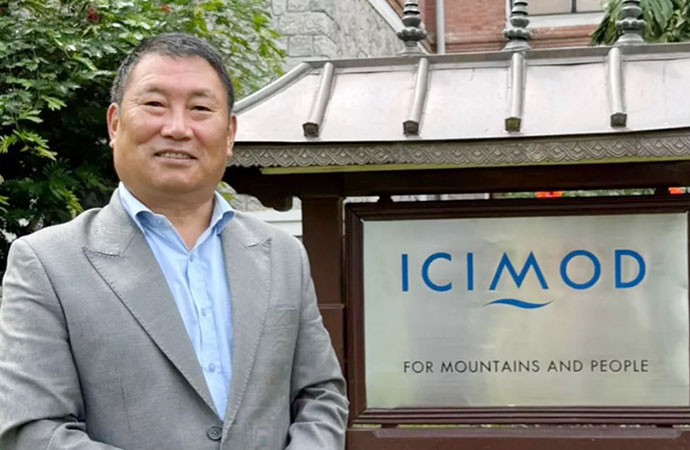
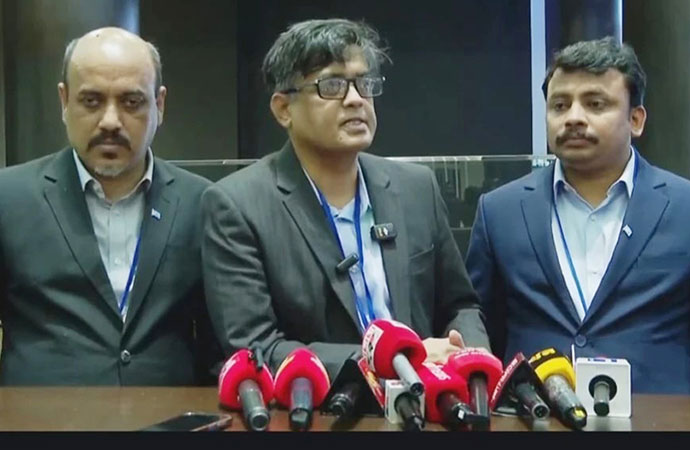
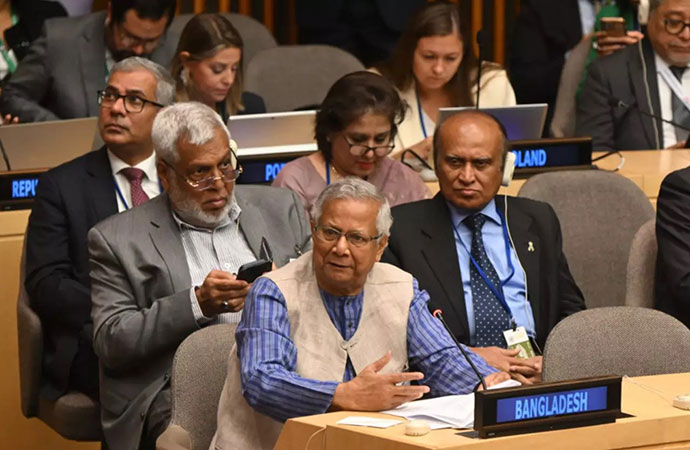
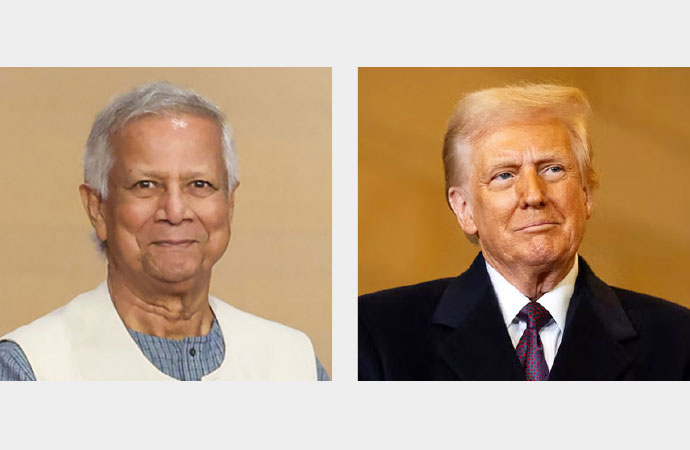
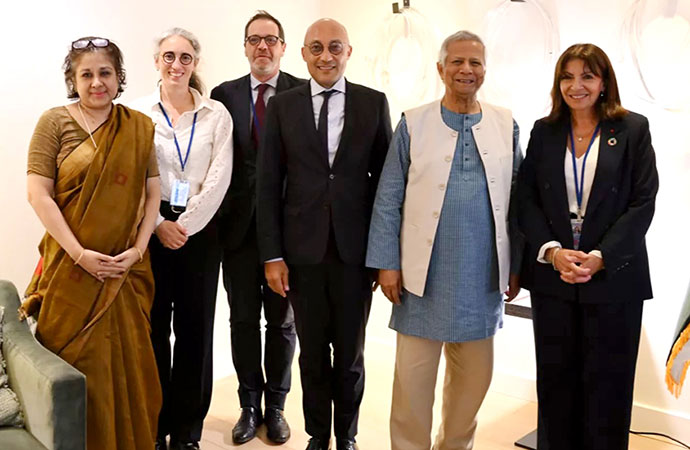
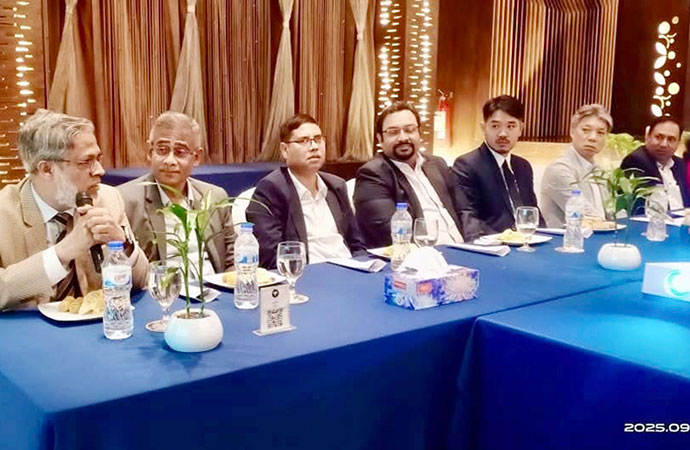
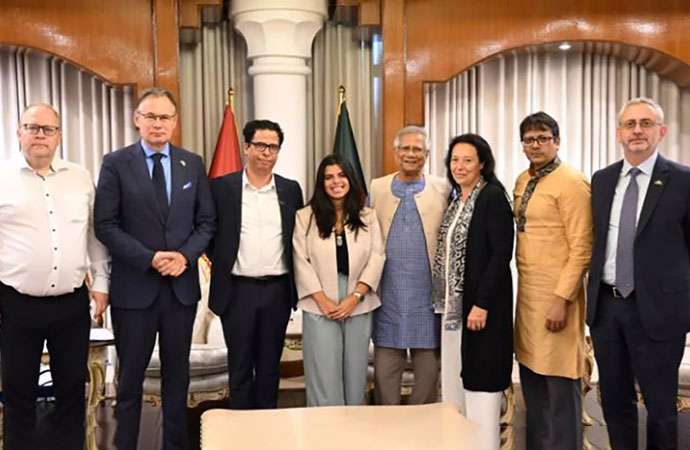

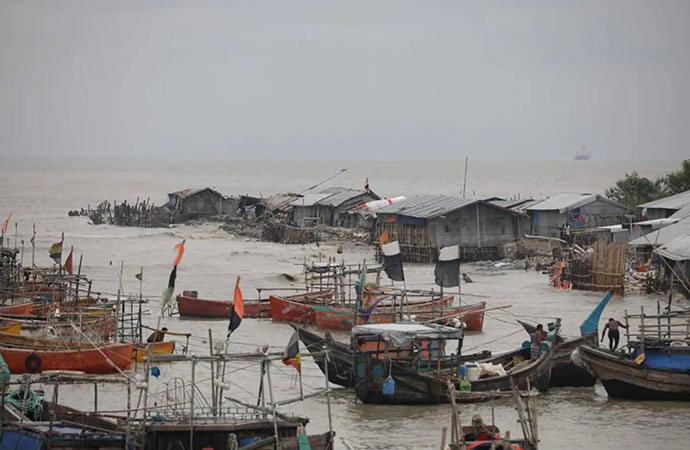
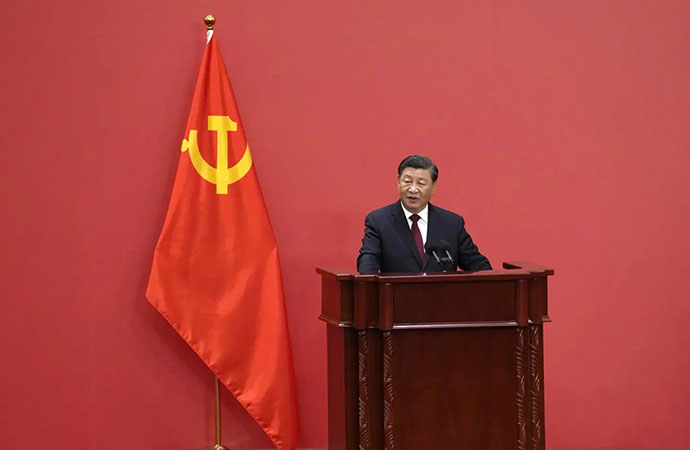
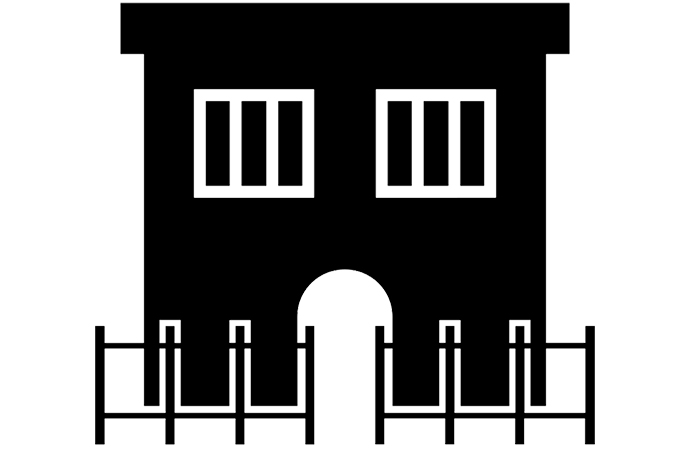


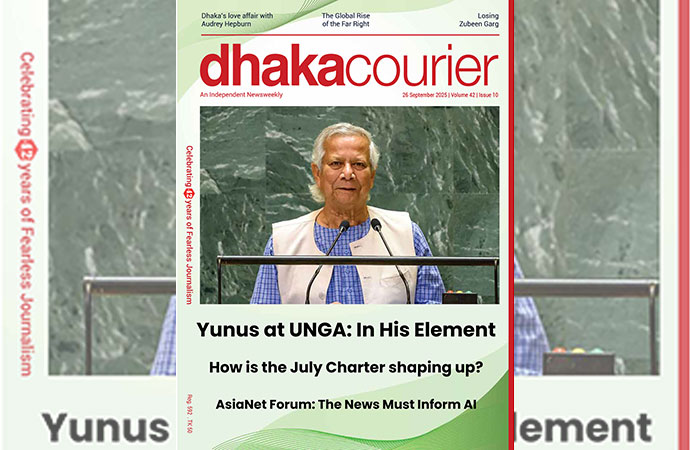
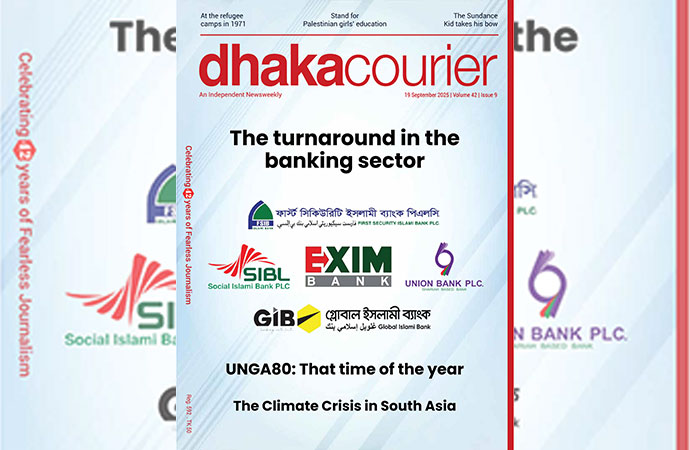
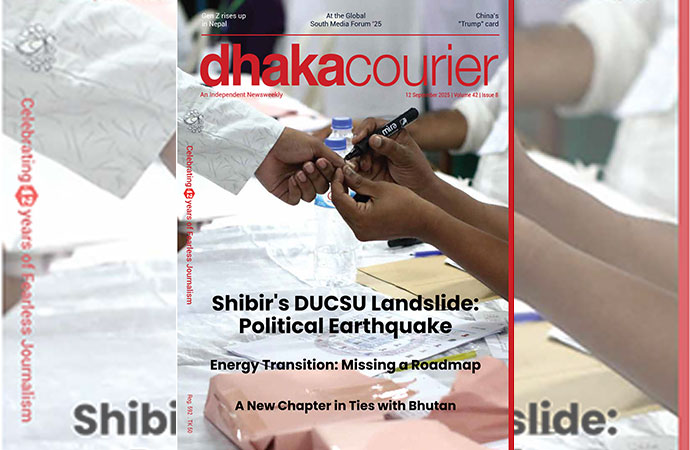


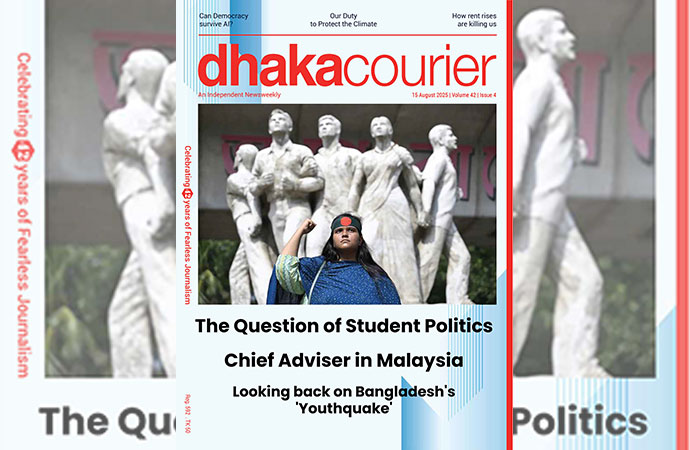
Leave a Comment
Recent Posts
Religion and Politics: A Toxic ...
At Dhaka University, cafeteria workers have been told not to wear shor ...
Enayetullah Khan joins AsiaNet ...
AsiaNet’s annual board meeting and forum was held in Singapore, ...
In a New York minute
Many leaders back a UN call to address challenges to ..
Defaulted loans at Non-Bank Financial Institutions ( ..
How the late Zubeen Garg embodied cultural affinitie ..